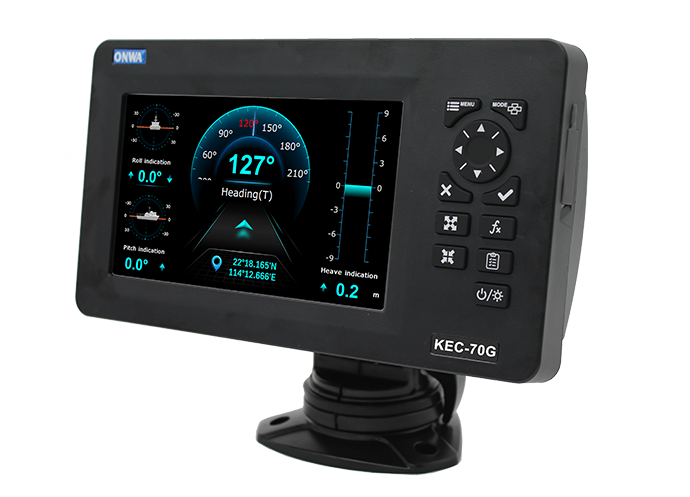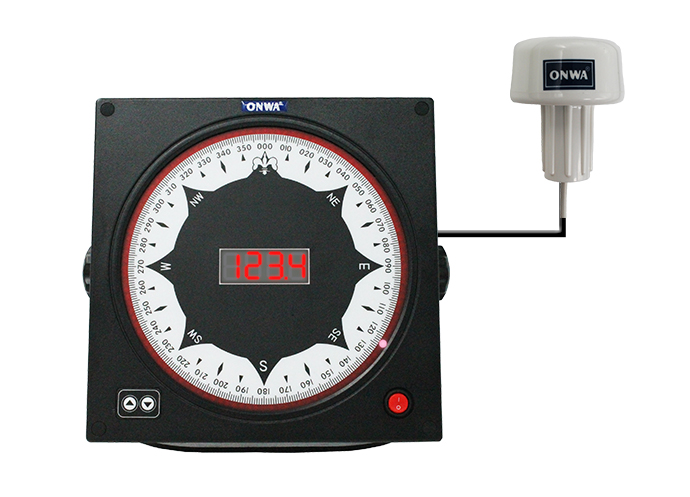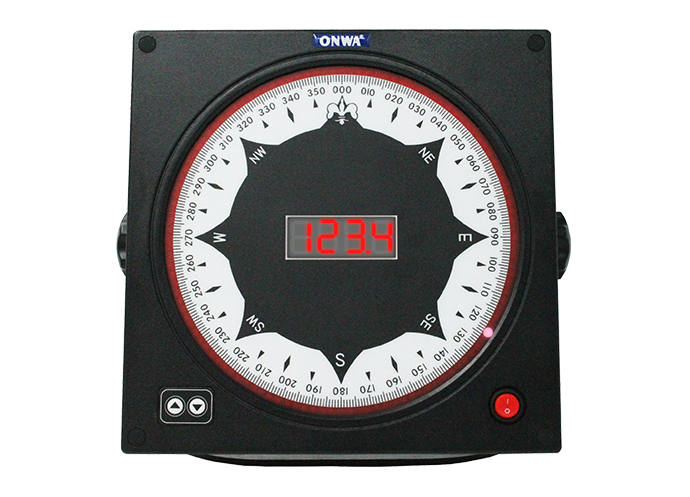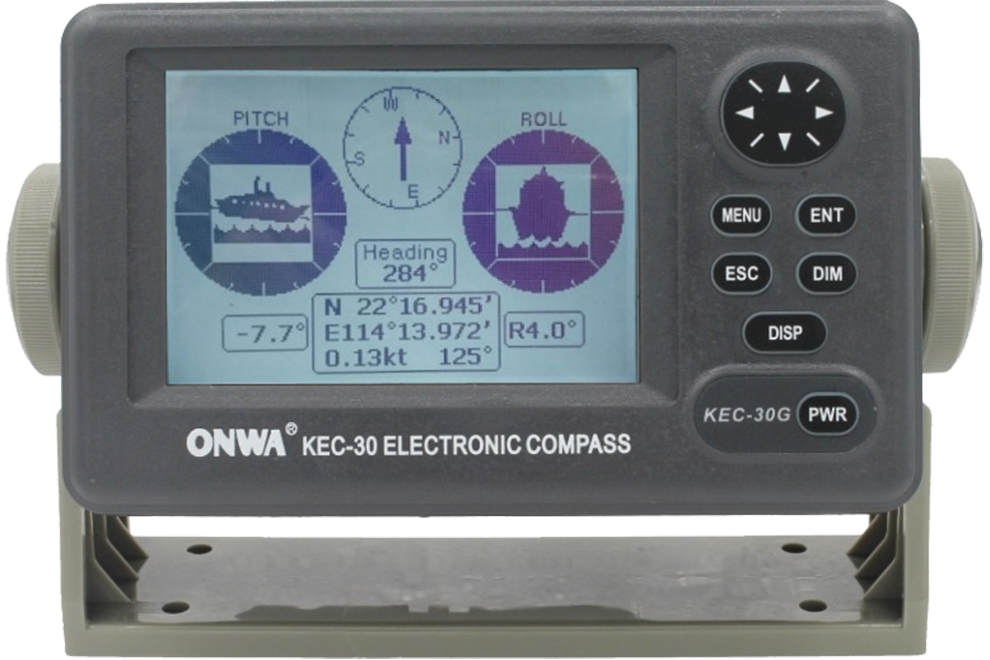What is a Marine Electronic Compass?
How It Works
A marine electronic compass functions by utilizing sensors to detect the Earth's magnetic field and then electronically displaying the vessel's heading relative to the North. Unlike their traditional counterparts, which rely on a freely moving magnetic needle, electronic compasses use magnetometers and accelerometers to measure magnetic North and the pitch and roll of the vessel, respectively. This advanced technology allows for compensation of the vessel's movement and tilt, providing a more stable and accurate reading.The Importance of the Marine Electronic Compass in Marine Navigation
Ensuring Safety at Sea
One of the paramount reasons boat electronic compasses are essential in marine navigation is their role in ensuring the safety of the vessel and crew. By providing accurate and reliable directional data, they help prevent navigational errors that could lead to hazardous incidents at sea. This is especially crucial in poor visibility conditions, where the compass serves as the primary guide for the captain and crew.Improving Navigational Efficiency
The marine electronic compass significantly contributes to the efficiency of marine navigation. By offering precise and instant readings, it allows for quicker decision-making and course adjustments. This can be vital for reaching destinations quicker or avoiding unforeseen obstacles or conditions. The integration with other navigational systems, like GPS, further enhances this efficiency, enabling sophisticated route planning and monitoring. The marine electronic compass is an indispensable navigational tool that brings together traditional compass functionality and modern electronic precision. Its ability to provide accurate, stable headings fundamentally contributes to the safety and efficiency of marine navigation. As technological advancements continue, the marine electronic compass will undoubtedly remain a cornerstone tool for mariners navigating the vast and unpredictable oceans of the world.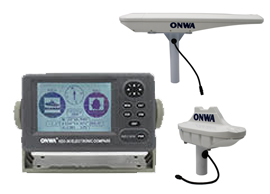
Benefits of Using a Marine Electronic Compass
The advent of the marine electronic compass marked a significant milestone in the evolution of maritime navigation. These devices, which meld the timeless guiding principles of a compass with modern technological enhancements, are more precise and adaptable than traditional magnetic compasses.Precision, Reliability, and Adaptability of Marine Electronic Compasses
Unparalleled Precision
Among the paramount benefits of using a marine electronic compass is its exceptional precision. Unlike conventional compasses, marine electronic compasses leverage advanced sensor technology to better discern and adapt to the Earth's magnetic field. This translates to the generation of more precise, real-time directional data, which can considerably enhance a vessel's navigational operations. Accurate headings facilitate effective route planning and lead to improved navigation performance.High Reliability and Adaptability
Another vital advantage of a marine electronic compass is its high reliability coupled with adaptability. These devices maintain their functionality under a wider range of operational conditions, including severe weather and high seas, where they provide stable readings due to their advanced compensation capabilities for the vessel's pitch and roll. The electronic compass marine can adapt seamlessly to changing conditions, ensuring continuous, reliable information to sailors even when navigating turbulent waters or handling shifts in the vessel's load or course.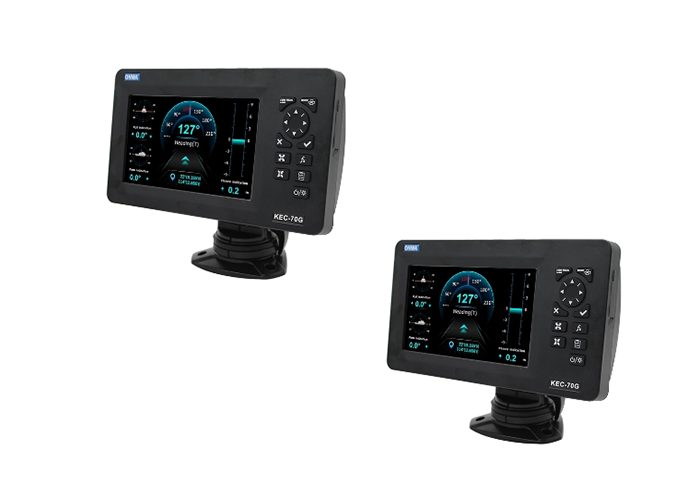
Marine Electronic Compass: Superior With Respect to Traditional Compasses
Resistance to Deviation
The marine electronic compass has an edge over traditional compasses, primarily due to its resistance to deviation caused by other magnetic fields onboard a vessel. In contrast, magnetic compasses might exhibit a substantial navigational error due to deviation. The marine electronic compass can electronically counteract these magnetic influences, providing more accurate readings.Quick Response and Improved Integration
The marine electronic compass stands out for its quick response time and improved integration capabilities. While traditional compasses may lag when showing changes in direction, electronic compasses can rapidly detect and display directional changes, thereby providing timely feedback necessary for safety-critical decisions. Moreover, the marine electronic compass can easily integrate with other navigational systems, like GPS and AIS systems, serving as a valuable component of a comprehensive marine navigation system. The marine electronic compass is a powerful navigational tool, offering great precision, reliability, and adaptability over traditional magnetic compasses. Its main benefits, including increased accuracy, reduced deviation, quick response time, and improved integration capabilities, underscore its superiority and importance in today's marine navigation landscape.Types of Marine Electronic Compass
In the world of marine navigation, the marine electronic compass stands as a core instrument, aiding mariners as they traverse the vast expanses of the ocean. Understanding the different types of boat compass marine electronics available is key to selecting the right one for specific maritime needs. This comprehensive breakdown will cover the range from fixed mounting options to portable choices, each with unique features catered to various navigation scenarios.Flush Mount Marine Electronic Compass
Refined Integration for Large Vessels
The Flush Mount Marine Electronic Compass is an elegant solution often found on larger vessels where a seamless integration with the boat’s helm is both aesthetically pleasing and functionally strategic. These compasses are installed into the dashboard of the boat, offering a stable, permanent fixture that is easy to read from the helm. This design minimizes the compass’s exposure to the elements and reduces the risk of damage during regular operations or in rough sea conditions. Suited for those prioritizing a clutter-free navigation station, the flush mount compass is an embodiment of professional maritime equipment.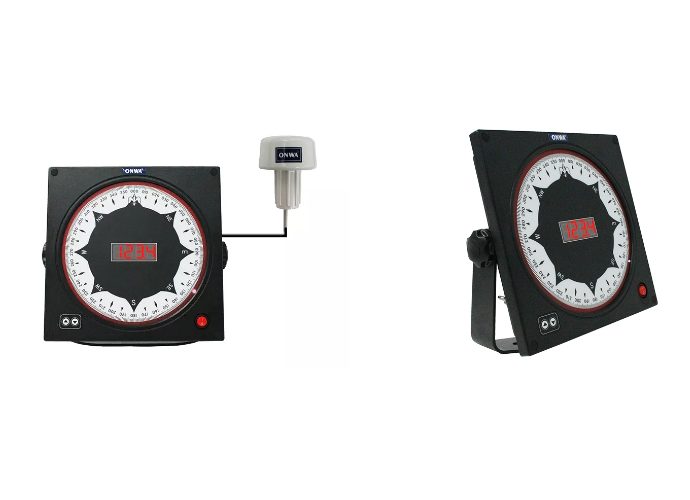
Small Boat Electronic Compasses
Compact and Versatile for Smaller Vessels
Small Boat Marine Electronic Compasses cater to those navigating smaller crafts such as sailing dinghies, fishing boats, or even personal watercraft. These compasses are usually smaller in size, making them appropriate for vessels where space is at a premium. They offer a balance between space-saving design and functionality, with features like adjustable brackets and internal lighting for clear visibility. For sailors of small boats, this type of electronic marine compass is a practical choice that doesn't compromise on precision or quality, ensuring reliable navigation without overwhelming the limited space.Handheld Marine Electronic Compasses
Mobility and Convenience for Every Mariner
When it comes to the Handheld Marine Electronic Compass, portability is the name of the game. Designed for on-the-go use and emergency situations, this type of compass is prized by sailors, kayakers, and emergency crews alike. Small enough to fit into a pocket or be worn around the neck, handheld marine electronic compasses typically feature robust construction to withstand the harsh marine environment, including being waterproof and drop-resistant. They serve as an essential backup to fixed compass systems, providing a dependable means of direction-finding in case of power failures or electronic malfunctions. The variety of marine electronic compass types—from flush mount fixtures for large vessels to compact options for small boats, to portable variants for personal use—reflects the diverse requirements of marine navigation. Each marine electronic compass type brings its own set of features designed to match the specific challenges of the sea and cater to the differing demands of boats and navigational situations. Through careful selection, mariners can enhance their navigational capabilities, ensure greater safety at sea, and enjoy a harmonious symbiosis with the ocean's ever-changing conditions.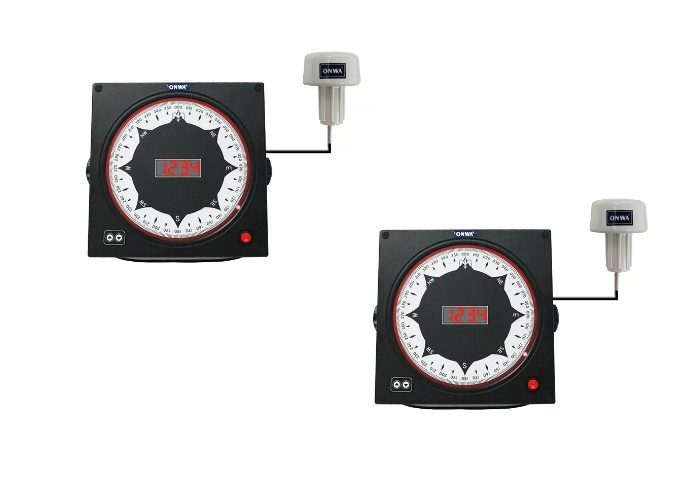
Marine Electronic Compass with Light
When navigating through the ever-changing conditions of the sea, optimum visibility can sometimes mean the difference between a successful voyage and potential peril. A marine electronic compass with light brings forth an essential advantage, lighting the way for mariners during night-time sailing, periods of low visibility, or within darkened wheelhouses.Advantages of Integrated Lighting in Marine Electronic Compasses
Ensured Readability in All Conditions
A marine electronic compass with an integrated light source ensures that critical heading information is readable in any lighting condition. Whether it's during a moonless night or amidst foggy mornings, the backlit displays or internally lit dials keep the compass readable. This consistent visibility helps in maintaining a proper course and supports safe navigation through hours of darkness, a feature not just of convenience but of undeniable safety significance.Persistent Operation and Durability
Marine electronic compasses equipped with integrated lighting are designed for persistent operation, making use of durable materials and energy-efficient lighting technologies such as LEDs. These elements are housed in waterproof, shock-resistant casings, making them resilient against the saltwater environment and the physical challenges of a voyaging vessel. Dependable and designed to last, these compasses offer the assurance that navigation lights won't fail when they are needed the most.Reviewing Top Marine Electronic Compasses with Light
Identifying Stellar Performers
Investing in the right marine electronic compass with light involves more than just identifying a unit with an illuminated dial. Performance, durability, accuracy, and ease of integration with other marine equipment are crucial aspects to consider. By reviewing popular models, users can discern which compasses are lauded for their luminous displays as well as their precision and reliability—factors that directly contribute to the confidence and peace of mind of the navigator.How They Serve Different Maritime Environments
Different marine environments pose unique challenges, which means the ideal marine electronic compass with light for a small fishing vessel might differ from the one suited for an ocean-cruising yacht. It’s important to evaluate the compasses based on their luminescence strength, energy consumption, and adaptability to various sea conditions. This review of options must also consider installation requirements and the ease of incorporating the compass into the vessel's existing navigation setup.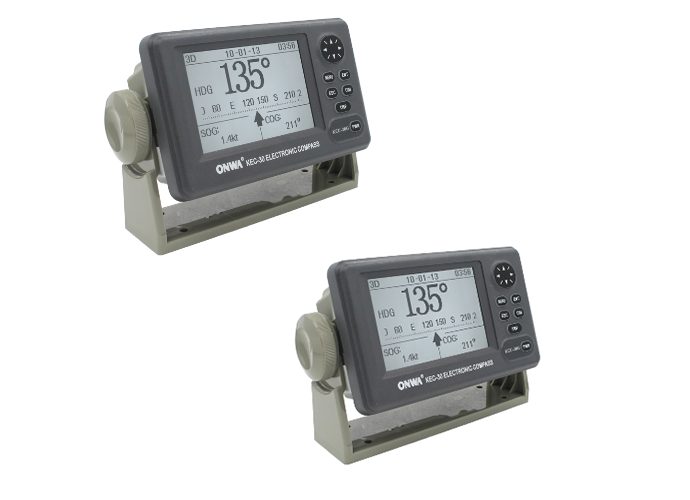
>>Click here view more

